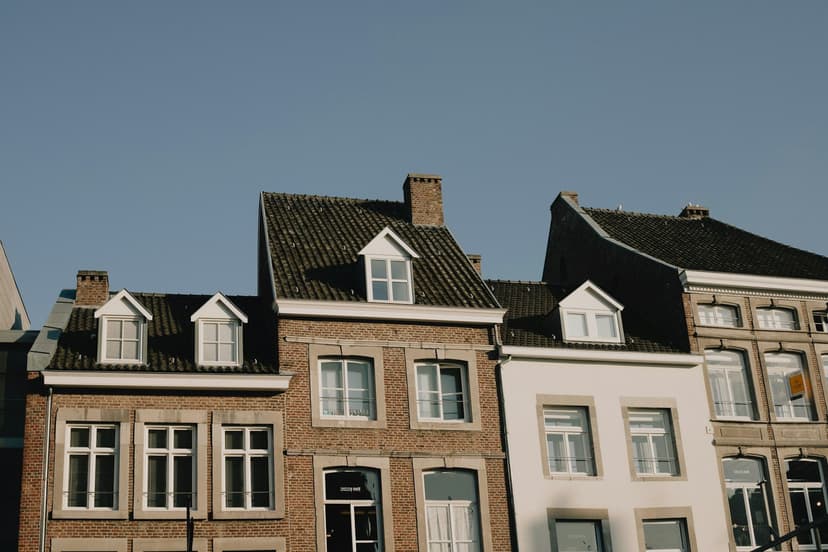How to Structure a VvE Annual General Meeting (AGM) Agenda

If you own an apartment in the Netherlands, you’re automatically part of a Vereniging van Eigenaars (VvE) – the homeowners’ association. And once a year, you’ll gather with your fellow owners for the Annual General Meeting (AGM).
For many VvE boards, the AGM feels intimidating, especially if you’re organizing it for the first time. What needs to be on the agenda? What’s legally required? And what are the “nice to haves” that make the meeting run smoothly?
This guide breaks down the full structure of a VvE AGM agenda – explaining each point, why it’s there, and how it fits into Dutch law.
Why the AGM Matters
Dutch law requires every VvE to hold an AGM once per year, usually within six months after the financial year ends. This is when:
- The board reports on finances and activities.
- Owners approve the annual accounts and the budget.
- Decisions about maintenance, repairs, and contributions are made.
- Board members and audit committees are (re)appointed.
In short: the AGM is where owners collectively decide on the building’s future.
The Standard AGM Agenda
Here’s what a typical AGM agenda looks like, point by point:
1. Opening of the Meeting & Quorum Check
The chairperson opens the meeting, welcomes everyone, and checks attendance. Proxies are recorded, and quorum is confirmed. Without quorum, the meeting may continue informally but cannot make binding decisions.
Required.
2. Announcements & Incoming Correspondence
General updates and letters or emails received by the VvE are shared. This keeps everyone informed but usually doesn’t require voting.
Optional (but common).
3. Approval of Previous Minutes
The previous AGM’s minutes are reviewed and approved. This makes them the official record of decisions.
Required.
4. Board’s Annual Report
The board shares what happened during the year: maintenance carried out, incidents, and management highlights. It doesn’t require a decision but increases transparency.
Optional, but strongly recommended.
5. Financial Report & Audit Committee’s Findings
The treasurer presents the jaarrekening (annual accounts). The kascommissie (audit committee), if appointed, reports on whether the accounts are in order.
Required.
6. Approval of Accounts & Decharge
Members vote to approve the accounts. Usually combined with granting decharge – a formal discharge that releases the board from liability for the past year’s management (except in cases of fraud or undisclosed issues).
Required.
7. Budget & Service Charges for the New Year
The proposed budget for the coming year is presented and approved. By approving it, owners also set the monthly service charge each will pay.
Required.
8. Maintenance Plan & Major Projects
The building’s multi-year maintenance plan (MJOP) is reviewed, and upcoming works are discussed. Proposals for major repairs or upgrades (e.g. roof, façade, solar panels) are voted on.
Required if works or updates are needed.
9. Elections & Appointments
- Board elections (if terms end or vacancies exist).
- Appointment of the audit committee for the new year.
Required if roles need to be filled.
10. Special Topics & Proposals
Any specific proposals requiring a decision must be listed here (e.g. amending house rules, approving a sustainability project). Topics not on the agenda cannot be voted on.
Optional, but only valid if pre-announced.
11. Any Other Business (Rondvraag)
An open round where owners can raise questions or minor issues. No binding decisions are taken here, but it gives members a voice.
Optional.
12. Closing
The chair closes the meeting, notes the end time for the minutes, and often mentions when the next AGM will be.
Required to finalize the meeting.
Key Takeaway
A VvE AGM agenda isn’t just a formality – it’s the backbone of the meeting. By covering the legally required points (accounts, budget, maintenance, appointments) and adding helpful extras (like the board’s annual report), you make sure your VvE runs smoothly, decisions are valid, and everyone feels informed.
More like this

How to Activate a Dormant VvE: Step-by-Step Guide
Is your VvE “asleep” and not doing meetings, budgets, or insurance? Dutch law requires an active homeowners’ association. This simple step-by-step guide shows you how to reactivate your dormant VvE, from electing a board and registering at the KvK to opening a bank account, setting up insurance, and creating a reserve fund.

What is a VvE?
The VvE (Vereniging van Eigenaars, or Owners' Association) is the governing body for an apartment complex in the Netherlands. If you own an apartment, you automatically become a member.